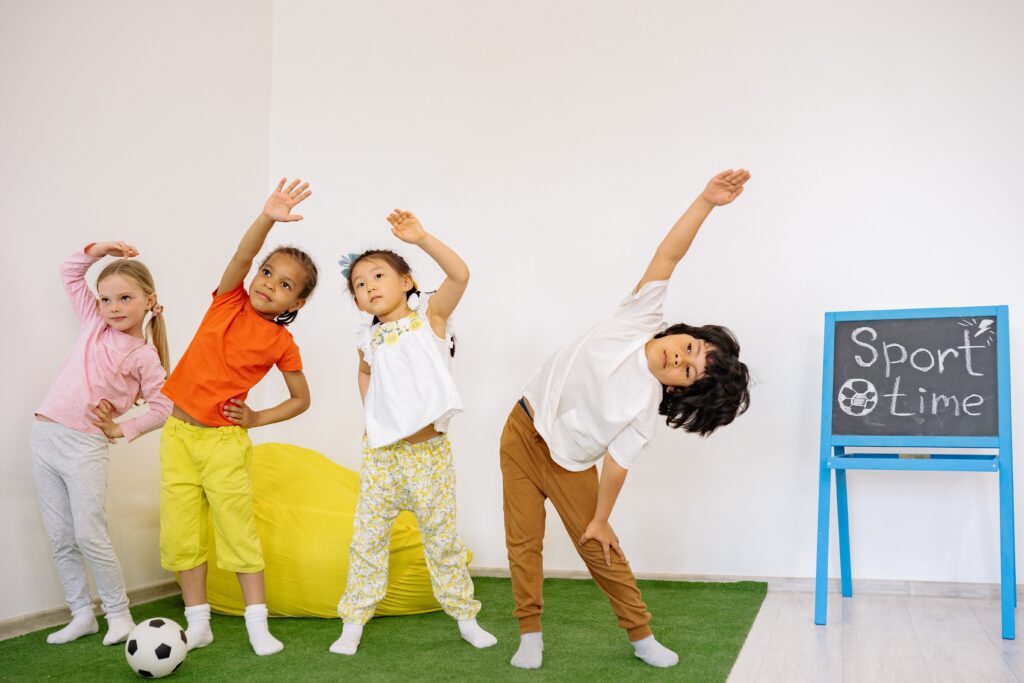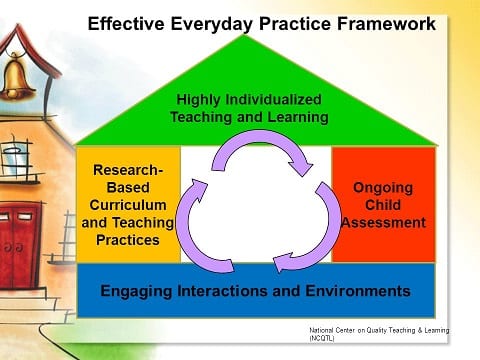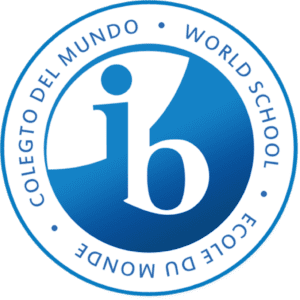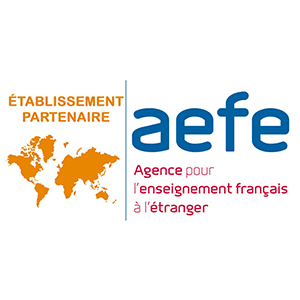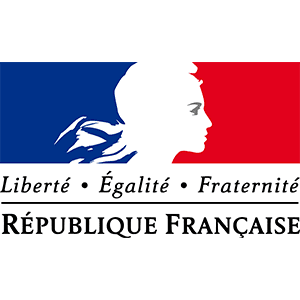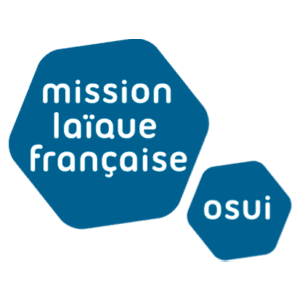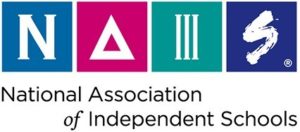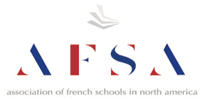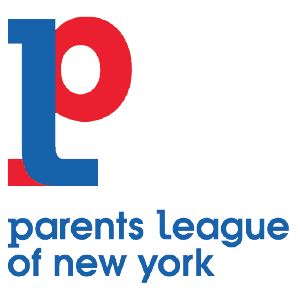It’s all in the way we learn…Total Physical Response (TPR)
James Asher, an American professor, developed a language teaching approach known as Total Physical Response (TPR) in the 1960s. This method suggests that memory improves when linked with physical movements.
TPR-based activities help children learn language through movements. These activities complement the classroom curriculum, and are both engaging and enjoyable.
We may not always think of TPR, but many games have TPR principles built in, like “Simon Says” or “Head, Shoulders, Knees, and Toes”. For example, TPR can be applied in learning Mandarin:
TPR enhances both short-term and long-term memory. When we learn to ride a bike, we always remember how, regardless of the years that have passed. We might need a quick refresher, but the skills remain.
TPR offers several benefits, such as helping learners understand target languages and supporting long-term retention in a stress-free way. This method can teach vocabulary related to actions, classroom directions, and storytelling. Teachers plan lessons with TPR to encourage engagement and improve listening fluency. Once learners have enough listening fluency, they start speaking the target language. Below is an example of TPR in the classroom.
You can read more at Total Physical Response (TPR).


